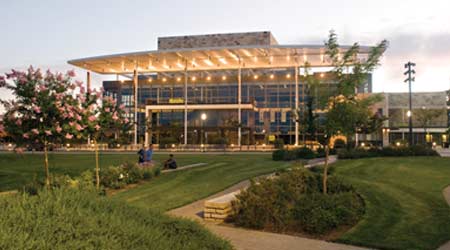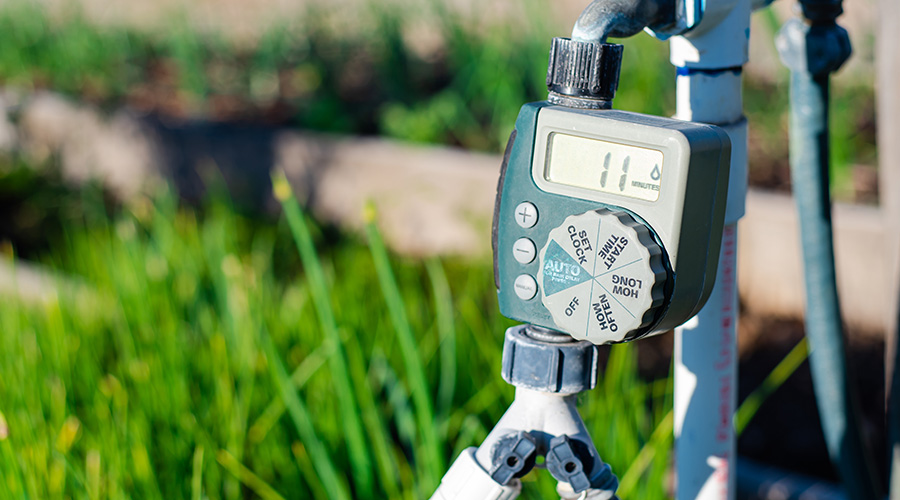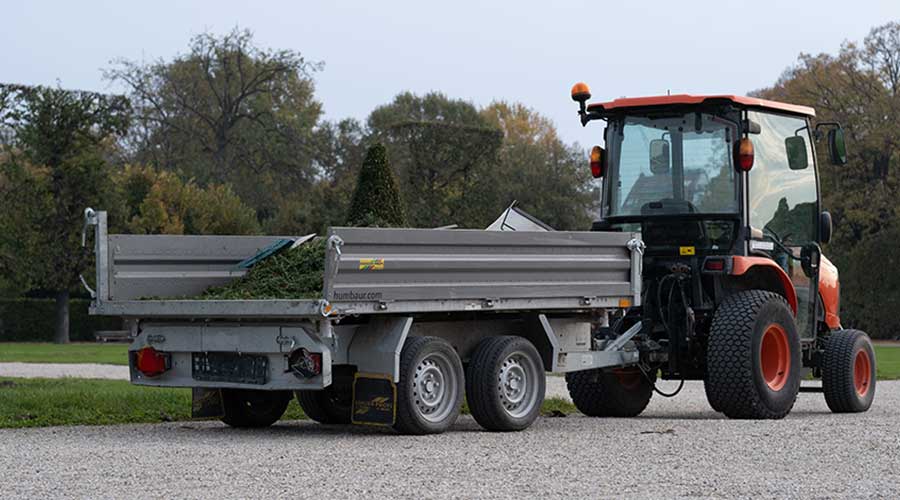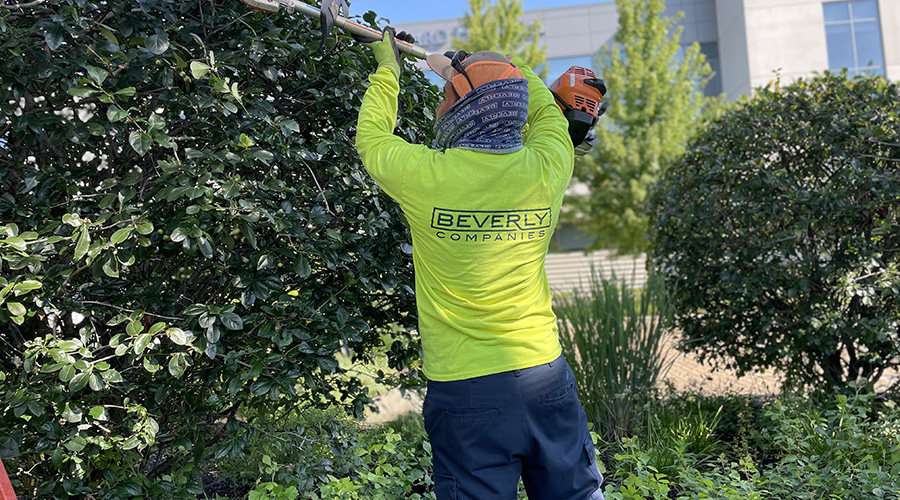California Campus Realizes Savings With Sustainable Landscapes
The campus offers plenty of space for the design team to work. At 5,300 acres, the university is the largest campus in the University of California system. Only about 150 acres of the campus is devoted to turf, and about 50 of those acres are used for athletic programs. Sustainable landscapes that incorporate campus-generated mulch from tree and shrub pruning, along with native Northern California plants, have replaced other turf areas.
"We're also planting with a lot more ornamental grasses and drought-tolerant plants," Avery says. "So when we are looking at landscape conversions, it's with the idea of reducing workload by moving turf and planting lower-maintenance plants that use less water."
With the landscape departments, arboretum staff and the campus' academic arm all making contributions, the campus' sustainable landscape efforts have produced tangible results.
"We've improved the overall aesthetics of the campus, with some of the more sustainable plantings, than having turf just to have turf in certain areas," Avery says. "We've created nice gardens utilizing all the skill from the different groups around campus and integrated all the knowledge from around campus to have a really good situation here."
Savings Across The Board
Adding sustainable landscapes has produced savings related to mowing, irrigation and energy. For example, over the last decade, the university has realized savings of 10-15 percent in mowing costs.
"We used to mow twice a week," Avery says. "Now, we mow once a week, and we'll go back and sweep where we need to sweep when there's excess build-up. We've reduced some workload in terms of mowing but at the same time increased (it) in terms of weeding and manual labor with the landscapes."
One of the university's current projects involves converting a mile-long median of a campus road from turf, which required regular maintenance, into a sustainable landscape that features drought-tolerant plants. Avery says the university expects maintenance costs for that area to drop by 40-50 percent, or $40,000-$50,000 a year.
"It will be a gorgeous landscape when it is completed," he says. "We continue to always look for areas to improve that could better utilize irrigation or a particular academic group. Those are the types of things we're looking at."
Related Topics:
















